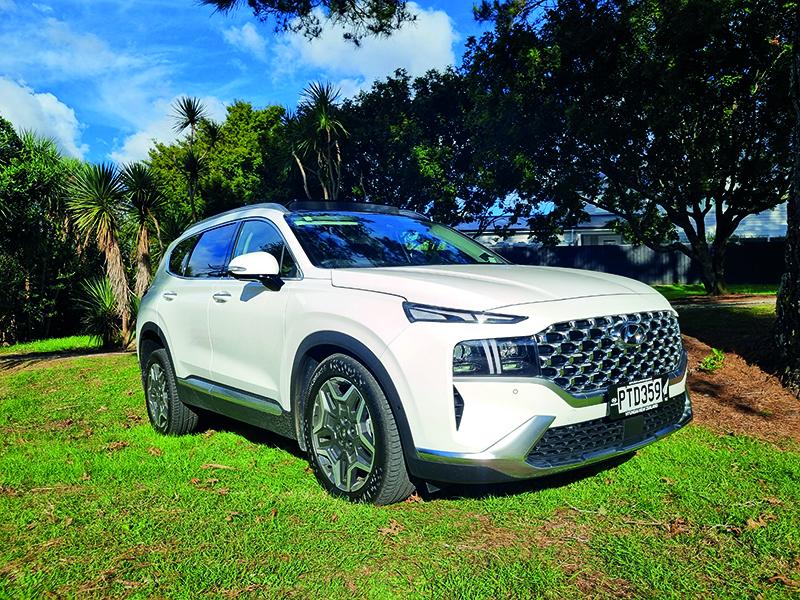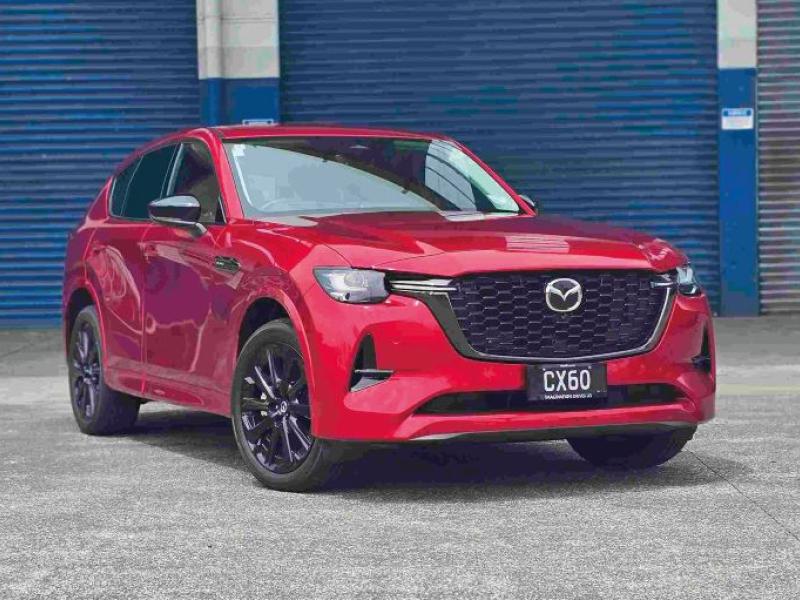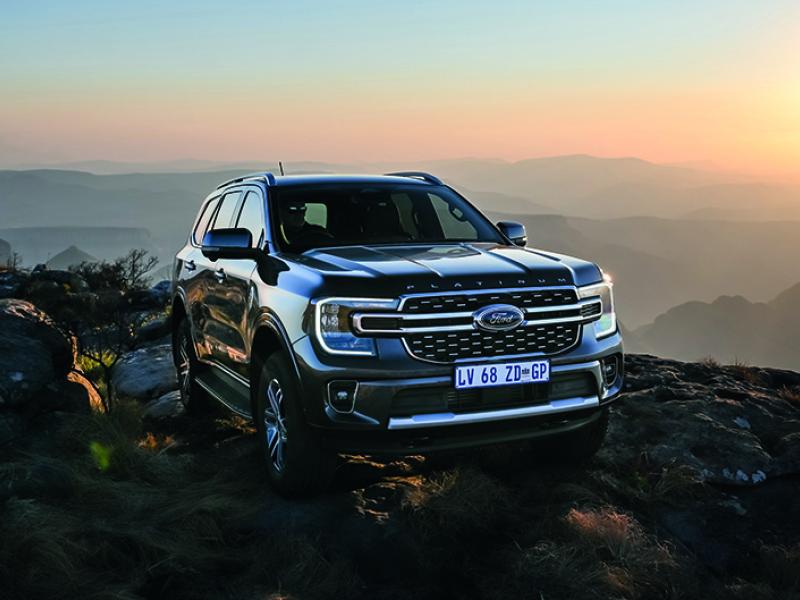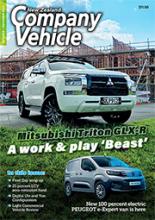It’s been a long time between drinks for the Hyundai Santa Fe, but there’s a good reason for that. Hyundai’s most popular seven-seater has stretched its way into the world of hybrids.
This has added a whole new dimension to Santa Fe’s desirability factor. Overshadowed in size only by the ICE Palisade and underscored by the small-SUV-for-all-seasons Tucson, the Santa Fe hybrid might hold the key to Hyundai’s success as far as a slightly-larger-but-not-huge SUV is concerned.
Of course, high spec commands high price and this consideration, especially in an economy with all the assurances of an upset tummy, has seen the nation’s most popular – with certain qualifications – Large SUV take a little bit of a hit sales-wise, and has steered fleets looking for seven-seat capability into other brands.
A change was needed and what more topical change could you have than an electrified version? A fully electric Santa Fe is still in the purview of the unicorns and moonbeam brigade, but a hybrid? Just what the fleet doctor ordered.
See, a hybrid powertrain adds green credentials, as well as the more prosaic electric motor, a 1.49kWh Lithium-Ion battery, a little bit of extra plumbing and a control system.
For this last, Hyundai has had quite a bit of experience – an excellent example being all-wheel-drive with HTRAC, which combines the capabilities of four-wheel-drive and the performance and efficiency of front wheel drive.
While in AWD, the driver can select a front wheel drive bias 70/30 in Comfort mode, front wheel majority in Smart or Eco mode and a 50 percent torque split front and rear in Sport mode.
And it’s not such a jump from a control system which can do this to one which can tell an ICE engine to go sit quietly in the corner while the hybrid system shoulders most of the drive load.
When it’s appropriate, the hybrid calls up the full fat petrol engine to get the 2630kg SUV up and rolling, with no driver input required and just a subtle change in engine note.
We mention the Santa Fe’s weight because it has a bearing on the size of the turbo petrol engine – a compact 1.6-litre gasoline direct injection engine which musters up 132kW and 265Nm, considerably smaller than we are used to seeing in a regular ICE version.
At no time, however, does that 1.6 feel like it is wanting. The hybrid system appears to help its little ICE brother as needed and – like the HTRAC system, can be seen to be in operation on the 12.3-inch colour supervision screen.
This is supplemental to the 10.25-inch infotainment touchscreen which is home to the surround view monitor and the navigation system among other features like Apple CarPlay/Android Auto and Bluetooth compatibility.
A 10.25-inch is a standard size for most screens but it’s the integration of the screen into the angled ‘flight deck’ of the Santa Fe which makes it work so well as far as the Hyundai’s cabin is concerned.
The ‘flight deck’ seems a little daunting at first, but in fact, it all comes together very quickly and while a button shifting transmission isn’t to everyone’s taste, it works well in this case, given this is also where one finds the rotary dial governing the on and off road HTRAC dive selection and the various switches controlling the AC, seat heaters and coolers, heated wheel control, hill descent control, parking sensors and the media controllers.
And since we’re talking long lists, the Santa Fe does come with the full Hyundai SmartSense safety suite which includes rear occupant alert, safe exit assist, forward, rear cross traffic and blind spot collision avoidance, lane keep and lane following assist, high beam assist and remote smart park assist to mention just a few.
Today, more than ever before, the value of a hybrid for a large vehicle such as the Santa Fe, really comes into its own.
The petrol mileage claimed by the Santa Fe’s trip computer when full is somewhere in excess of 860km and yet, because the hybrid system is doing a large part of the work day-to-day – and doing it seamlessly – it takes a heavy foot or a lot of road time to wear that 860+ km down.
Of all the Santa Fe’s in Hyundai’s extensive catalogue, the hybrid is the one which makes the most economic sense and might be the model to take Hyundai into the radar of the fleet user.






